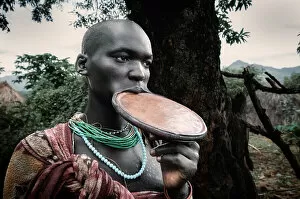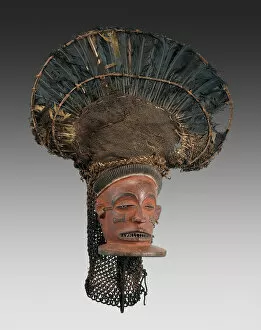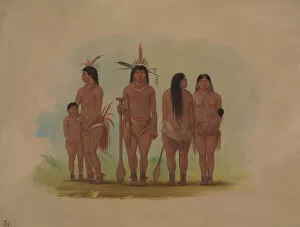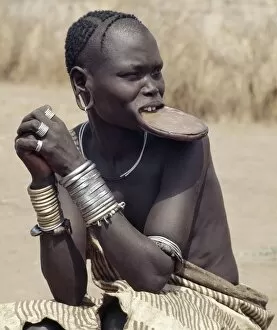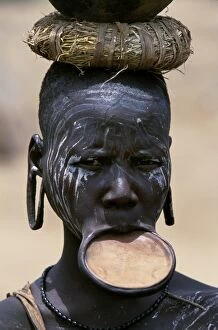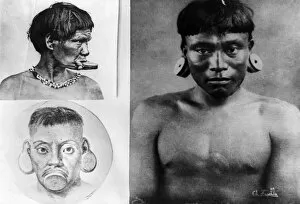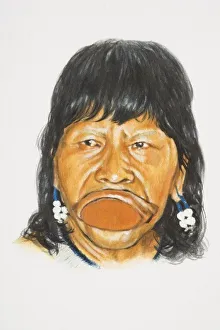Lip Plate Collection
"The Lip Plate: A Cultural Tradition on the Brink of Extinction" A lip plate of substance, adorned by the Suri woman and child
All Professionally Made to Order for Quick Shipping
"The Lip Plate: A Cultural Tradition on the Brink of Extinction" A lip plate of substance, adorned by the Suri woman and child, tells a story deeply rooted in cultural heritage. This ancient practice can be traced back to various indigenous tribes across different continents. In 1875, an unknown artist captured the striking image of a Mura Indian with lip ornaments during a trip up the Trombetas River. The intricate designs and vibrant colors showcased their rich artistic traditions. Moving to Angola in the mid-late 19th century, we encounter a male face mask known as Chihongo. Its purpose remains shrouded in mystery, but its presence symbolizes the interconnectedness between art and identity. Sadly, this once-thriving tradition is now facing extinction. An old Nayas Indian stands alongside his granddaughter and a young boy in George Catlin's poignant depiction from 1855/1869. Their solemn expressions hint at the fading legacy they are witnessing firsthand. George Catlin's extensive documentation also includes images like Lengua Chief with his wives and children or members of the Payaguas Tribe. Each photograph serves as a testament to diverse cultures that have embraced this unique form of self-expression throughout history. As we delve deeper into Catlin's collection, we encounter Nayas Indian Chief with his wife and warrior or three young Tobos men - all proudly displaying their distinctive lip plates. These images offer glimpses into societies where these adornments were cherished symbols of status or beauty. The Botocudo Tribe is another group featured within Catlin's work; their elaborate lip plates serve as powerful markers of tribal affiliation and personal identity within their community. Today, however, these captivating traditions are hanging by a thread. As modernization sweeps across our world at an unprecedented pace, traditional practices such as wearing lip plates risk being forgotten forever unless efforts are made to preserve them for future generations.


